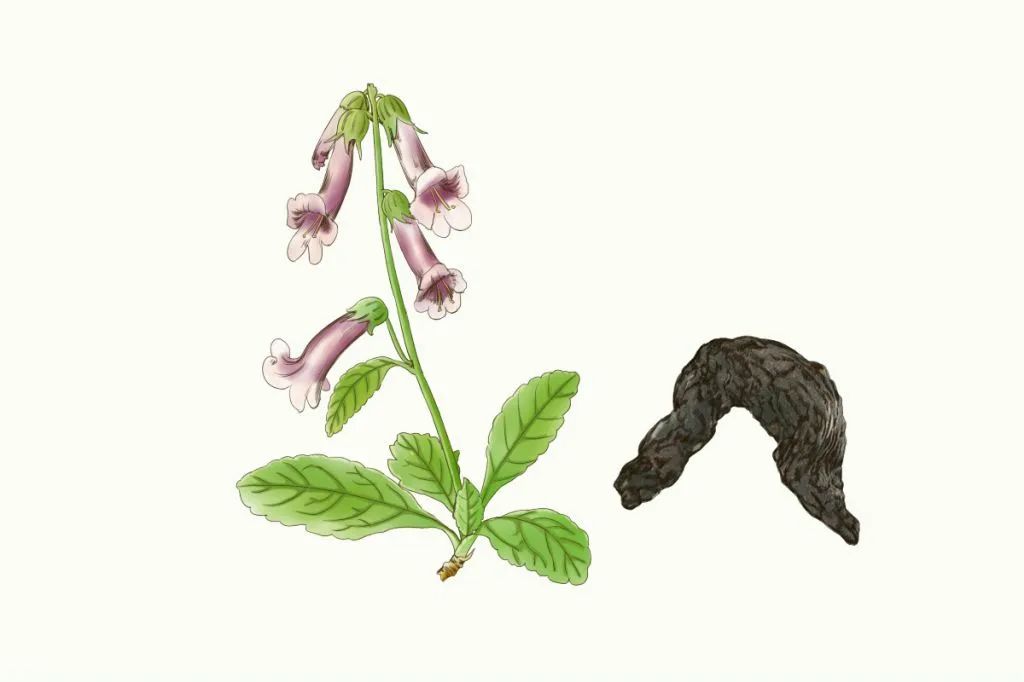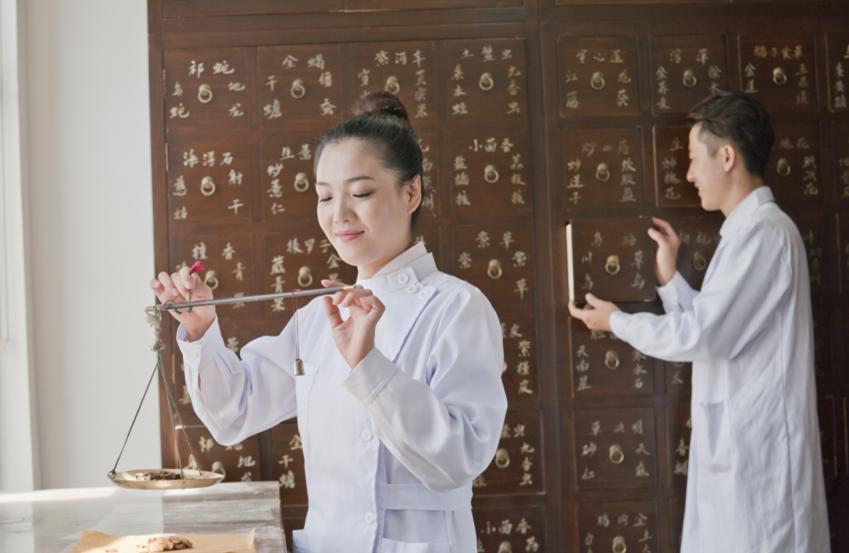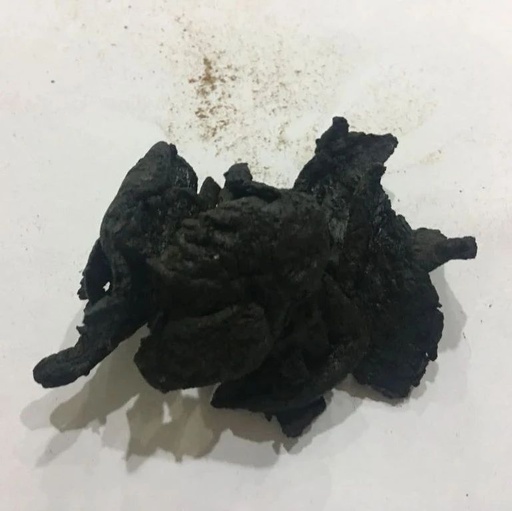
Rehmannia Glutinosa (Shu Di Huang), as one of the commonly used medicinal materials in Traditional Chinese Medicine (TCM), is derived from the tuber of the plant Rehmannia glutinosa, processed through special methods. It has a sweet taste and a slightly warm nature, and it is associated with the liver and kidney meridians, offering various significant health benefits.
However, as the ancient saying goes, “Food and medicine share the same source; used appropriately, they benefit people; used inappropriately, they harm people.” Although Rehmannia Glutinosa is beneficial, it is not suitable for everyone. Today, we will discuss the benefits and effects of Rehmannia Glutinosa, as well as which groups of people should avoid it.

The Five Major Benefits of Rehmannia Glutinosa
1. Nourishing Yin and Blood
Rehmannia Glutinosa is believed to help regulate insufficient qi and blood, improving symptoms such as pale complexion, dizziness, and fatigue caused by blood deficiency. It is commonly used in TCM to nourish the blood and help restore vitality.
2. Benefiting Essence and Filling Marrow
Insufficient kidney essence may lead to issues such as weakness in the lower back and knees, tinnitus, and forgetfulness. Rehmannia Glutinosa is regarded as an excellent tonic for kidney essence, helping to strengthen the body and alleviate discomfort caused by kidney deficiency.
3. Regulating Menstruation and Nourishing Blood
In TCM, Rehmannia Glutinosa is often used for women to regulate menstruation, helping to alleviate irregular menstruation, low menstrual flow, or pale-colored blood. It promotes the harmony of qi and blood, providing certain supportive effects on women’s health.
4. Nourishing Liver and Kidney
TCM believes that the liver and kidneys are interconnected, and the nourishment of kidney essence and liver blood is inseparable. Rehmannia Glutinosa is used to nourish the liver and kidneys, helping to improve symptoms of physical weakness caused by yin deficiency, such as weakness in the lower back and knees, and dry or gritty eyes.
5. Regulating Immunity
Rehmannia Glutinosa contains various active components, and its polysaccharides have good antioxidant properties, which can regulate the immune system, enhance the body’s resistance, and prevent disease occurrence.
It is important to note that while Rehmannia Glutinosa is beneficial, individuals with excessive dampness or weak spleen and stomach should use it cautiously to avoid exacerbating discomfort. It is recommended to consult a professional TCM practitioner before use, based on individual constitution.

Four Groups of People Who Should Avoid Rehmannia Glutinosa
1. Individuals with Spleen and Stomach Weakness
Rehmannia Glutinosa has a rich and moist nature, which can be difficult to digest. If the spleen and stomach function is weak, leading to symptoms such as bloating, poor appetite, or diarrhea, consuming it may increase the burden on the gastrointestinal tract, which is detrimental to health.
2. Individuals with Qi Stagnation and Phlegm Accumulation
Rehmannia Glutinosa tends to nourish yin, which can promote dampness and phlegm. For those who often experience phlegm, chest tightness, or qi stagnation, consuming Rehmannia Glutinosa may exacerbate these discomforts.
3. Individuals with Cold or Fever
During a cold or fever, the body is often in a state of “excess syndrome” due to external pathogens. It is advisable to focus on clearing and resolving this condition. Consuming Rehmannia Glutinosa at this time may hinder the expulsion of pathogenic factors due to its nourishing properties, which is not conducive to recovery.
4. Individuals with Internal Heat
Rehmannia Glutinosa is rich and moist, suitable for those with yin deficiency. If there is internal heat, such as frequent dry mouth, bitter taste, constipation, acne, or a thick yellow tongue coating, consuming Rehmannia Glutinosa may worsen internal heat, which is not beneficial to health.

How to Best Consume Rehmannia Glutinosa
1. Decoction
Cut Rehmannia Glutinosa into small pieces, add an appropriate amount of water, bring to a boil over high heat, then simmer on low heat for 20-30 minutes. This method can fully extract the effective components of Rehmannia Glutinosa, suitable for body conditioning.
2. Stewing in Soup
Stew Rehmannia Glutinosa with other ingredients (such as red dates, goji berries, chicken, etc.) to not only enhance the nutritional value of the soup but also make the medicinal properties of Rehmannia Glutinosa milder, suitable for daily nourishment.
3. Soaking in Alcohol
Soak Rehmannia Glutinosa in white wine or yellow wine, seal and store for a period before consuming, which can help improve blood circulation, suitable for individuals with yang deficiency.
4. Grinding into Powder
After drying Rehmannia Glutinosa, grind it into powder, which can be conveniently added to porridge, soup, or other foods, suitable for situations where decoction is inconvenient.
5. Precautions
Rehmannia Glutinosa has a rich and moist nature, and those with poor digestive function should consume it in moderation; pregnant women and those with colds or fevers should avoid it; during the consumption of Rehmannia Glutinosa, spicy and greasy foods should be avoided to prevent affecting its efficacy.
It is recommended to consume under the guidance of a TCM practitioner to ensure safety and appropriateness.
The above information is for reference only and should not be considered medical diagnosis, treatment, or health advice. For specific conditions, please follow medical advice and consult a professional doctor in a timely manner.
Click「Business Card」 Follow us,「Daily Health Articles」」
Follow us,「Daily Health Articles」」


